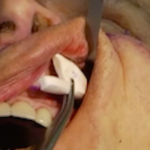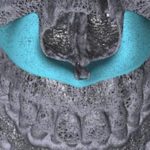Technical Strategies – Intraoperative Shaping of ePTFE Paranasal Implants

One of the smallest areas of facial augmentation by bony surface area is the pyriform aperture region of the midface. The lower base of the nose is divided into two zones, paranasal and premaxillary. Both areas provide support to the base of the nose but with different effects. The paranasal region builds up the base Read More…









